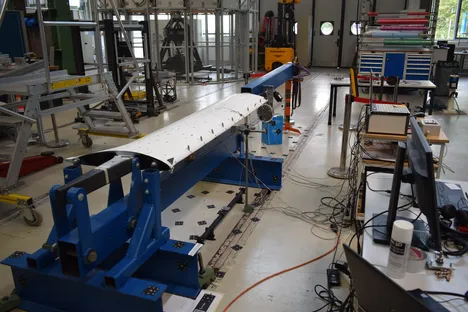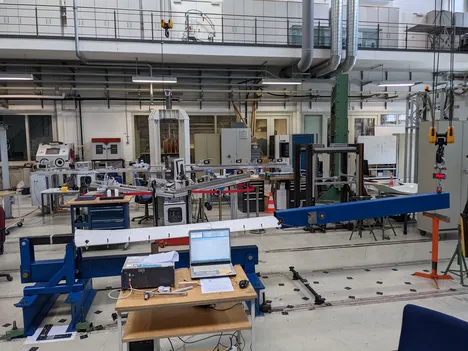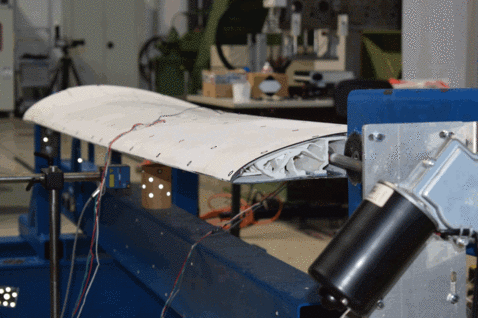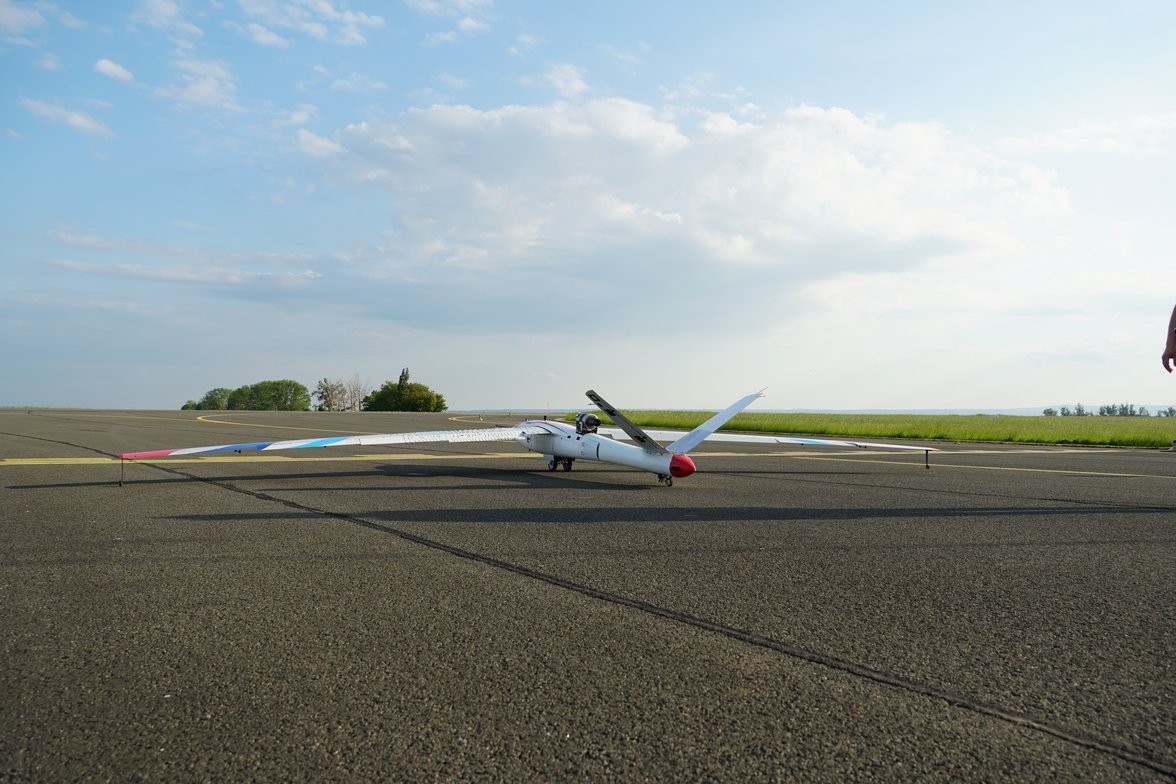Successful final presentation of future scenarios „Accessible Air Travel 2035+“

The annual practical course “Air Transport Scenarios” provided by the Chair of Aircraft Design was held at Bauhaus Luftfahrt in Taufkirchen in the summer semester 2024. This event was conducted in collaboration with Airbus, Bauhaus Luftfahrt e.V., and Munich Airport. As persons with reduced mobility (PRMs) represent a growing passenger segment, a crucial question has emerged: How can future aviation offer PRMs an accessible and inclusive travel experience? During the course, students, accompanied and supervised by industry experts, derived answers to this question under the title “Accessible Air Travel 2035+”. In the scenario process, three comprehensive, alternative pictures of the future and resulting implications for the various stakeholders of the global air traffic system were developed. Cost considerations of these stakeholders as well as social pressure were identified as central drivers in all scenarios. Our scenarios, thus, cover different pathways for implementing PRM services, ranging from status quo to regulatory- and market-driven solutions. Roadmaps showing the development pathway for each scenario, as well as opportunities and threats for the major air transport stakeholders are derived from these scenarios. On the customer side, we covered issues relating to future integration of products and services facilitating the journey of PRMs along the air travel chain. Resulting solutions and travel experiences for the diverse user groups affected by disabilities were elaborated on in detail. The final presentation of the practical course was held on 11th July 2024. The results were presented to over 50 participants from academia and industry both in person and online, forming the basis for a subsequent lively discussion on the scenario outcomes. We congratulate our student team on their excellent job and successful final presentation. For more information, please feel free to contact us: xieqing.nie@tum.de .
News from MILAN
In the LuFo project MILAN (Morphing Wings for Sailplanes), a full-scale demonstrator morphing wing segment has been designed, built, and tested in collaboration with project partners. It is a functional and structural demonstrator of the inner wing for a 18 m span high-performance sailplane with a morphing forward wing section (morphing leading edge). The test setup is shown in Figure 1.
A sailplane with a camber morphing forward wing section combined with a conventional trailing edge flap offers the potential to extend the laminar low-drag-bucket to higher lift coefficients. This allows the wing area to be reduced and the wing loading to be increased, while maintaining slow-flight performance. Higher lift-to-drag ratios, especially at higher speeds can be achieved.
A series of elastically deformable ribs with compliant mechanisms is used to impose the desired deformation on the morphing wing skin (Reinisch 2019, Reinisch et al. 2021). By this, it is possible to switch between specific airfoils for different flight conditions. For fast flight, the airfoils have little camber, for slow flight the forward section is morphed down for more camber in combination with a downward trailing edge flap deflection. Special morphing airfoils and a wing planform have been designed and optimized for that (Achleitner et al. 2019).
A composite wing skin has been designed to achieve the desired shapes without buckling (Sturm and Hornung 2021). The primary wing structure for the demonstrator wing segment has been designed to withstand the loads despite the reduced thickness and smaller cross-sections. Static aeroelastic tailoring has been investigated to reduce wing twist (Sturm et al. 2021).
The demonstrator wing segment covers the inner wing up to 2400 mm half span and is extended with a steel beam to allow a representative wing bending to be applied with a crane (see Figure 2). Previous numerical investigations show that the superimposed wing bending influences the elastic airfoil deformation and leads to larger actuation forces. By means of a torque tube with a mechanical linkage, pull is applied to the lower wing skin at three points.
In the test, different wing bending deformations (jig shape, level flight, circling flight) were applied and the morphing forward section was deformed in in fast and slow flight configurations. The geometry was measured using photogrammetry and 3D laser scanning to analyze the airfoil contours (see Figure 3). Locally, strains of the shape-variable shell were recorded using strain gages.
Following the static tests, a low-cycle fatigue test of the morphing forward section was done. Currently, test analysis is ongoing.
Status: November 2022
Flight Testing of the T-FLEX Subscale Demonstrator Continues
On 9th of May the FLiPASED project team went to the DLR's National Experimental Test Center for Unmanned Aircraft Systems (EDBC) for a two-week-long flight test campaign. 10 members of the Chair of Aircraft Design attended the campaign in shifts to gather as much flying time as possible with the subscale demonstrator named T-FLEX.
8 flights were performed. The flight test goals were focused on testing the autopilot functionalities that will be required for the upcoming flutter-suppression tests. Furthermore, flight data was gathered to identify the flexible and rigid body modes, airflow visualization experiments were carried out, as well as airspeed calibration and drag component extraction test points were flown.
The TU München team would like to thank the project partners SZTAKI, DLR-G and DLR-SR for their help on-site.
Student Competition: Air Cargo Challenge 2022
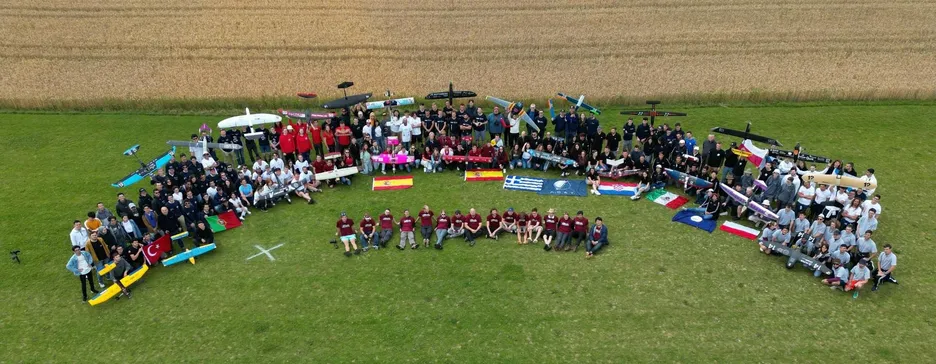
The Air Cargo Challenge (ACC) is a competition aimed at engineering students. It was created to excite students for aviation and to experience the challenges of an engineering task. Within 10 months, an unmanned aircraft is designed and built to compete against other teams from all over the world. The main task of the aircraft is to transport a payload.
The virtual task of the teams is to transport medical emergency goods with an electrical unmanned aircraft. The aircraft can be disassembled into small parts to fit in a transportation box with a given size. Space constraints in the operational area dictate the maximum size of the assembled aircraft as well as the condition of the runway for take-off. The goal is to carry as much medical goods as possible in one flight and transport them to the target area. The end of the mission is to land safely to provide the medical goods.
This year the competition was held by the student initiative "AkaModell Munich e.V." at the campus in Garching. Over 200 students from 13 nations took part in the competition. After three successful competition days, the winners are:
- ADDI, Aachen, Germany
- AeroUD, Udine, Italy
- AkaModell, Stuttgart, Germany
The student group "AkaModell München e.V." thanks the TU Munich and especially Prof. Hornung for the support in organizing the competition!
Successful final presentation of future scenarios “Hydrogen Powered Aviation 2035+“
In the winter semester of 2021/2022, the annual practical course “Air Transport Scenarios" was again held at the Technical University of Munich under the leadership of the Chair of Aircraft Design in cooperation with Airbus, Bauhaus Luftfahrt e.V. and Munich Airport. Due to the COVID-19 pandemic, the course was held under special conditions in hybrid form with face-to-face meetings as well as a digital final presentation.
During this course, the student team developed three alternative, consistent scenarios for integrating hydrogen-powered aircraft into the air transport system. The final scenarios differ in terms of political and societal support for hydrogen propulsion in aviation, aspects of infrastructural integration of corresponding aircraft especially at airports, and the advantages of hydrogen compared to other energy carriers in reducing the environmental impact of aviation. Common to all scenarios are prerequisites that must be met for the introduction of hydrogen propulsion in aviation. Among others, the taxation of kerosene to increase the competitiveness of novel propulsion solutions as well as broad political support and early cooperation to establish the necessary infrastructure were identified as such prerequisites.
The final presentation of the course results took place on January 26, 2022 under the title "Hydrogen Powered Aviation 2035+: Path from COVID-19 crisis toward a climate-friendly future of aviation?". The results were presented to the more than 80 participants via Zoom and laid the foundation for a subsequent lively discussion on, among other things, the most important hurdles for the widespread introduction of hydrogen propulsion in aviation and the resulting effects on, for example, customer demand.
We congratulate our students for their successful presentation. For further informations please contact johannes.michelmann@tum.de.
